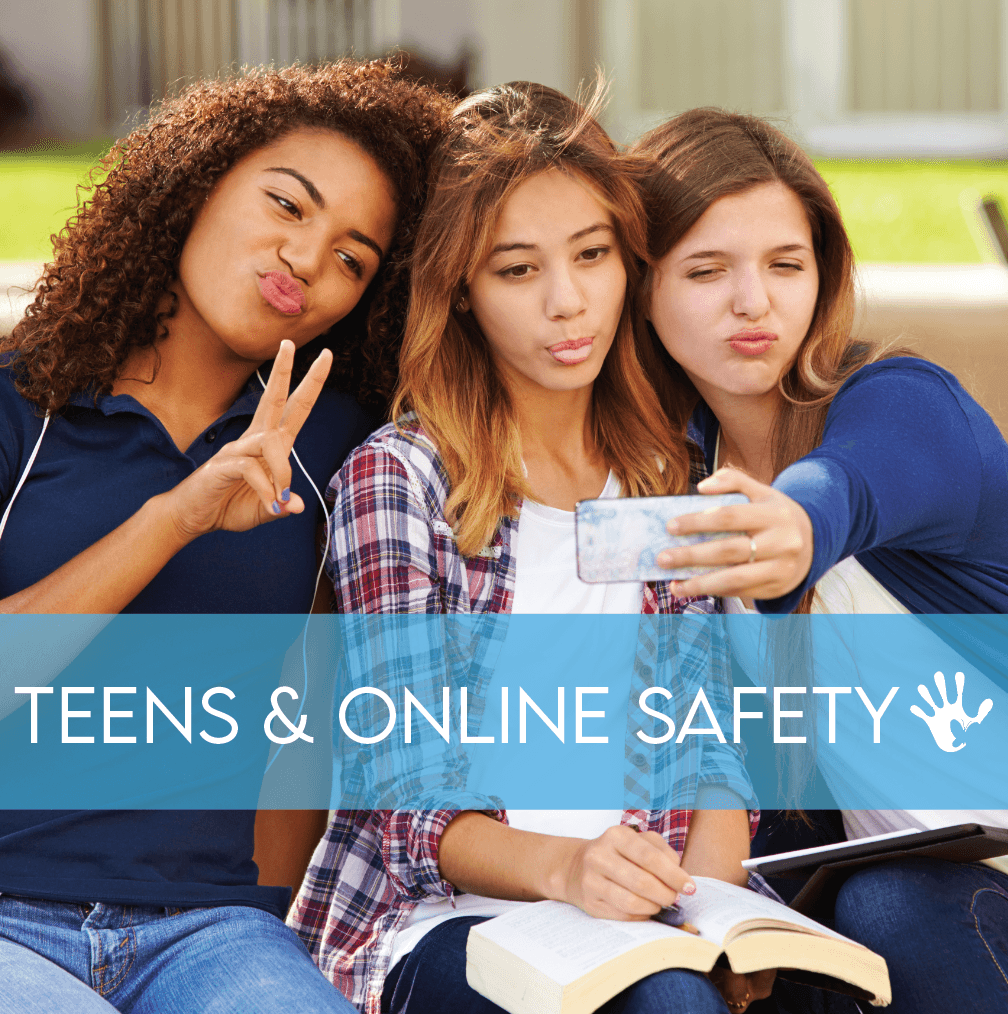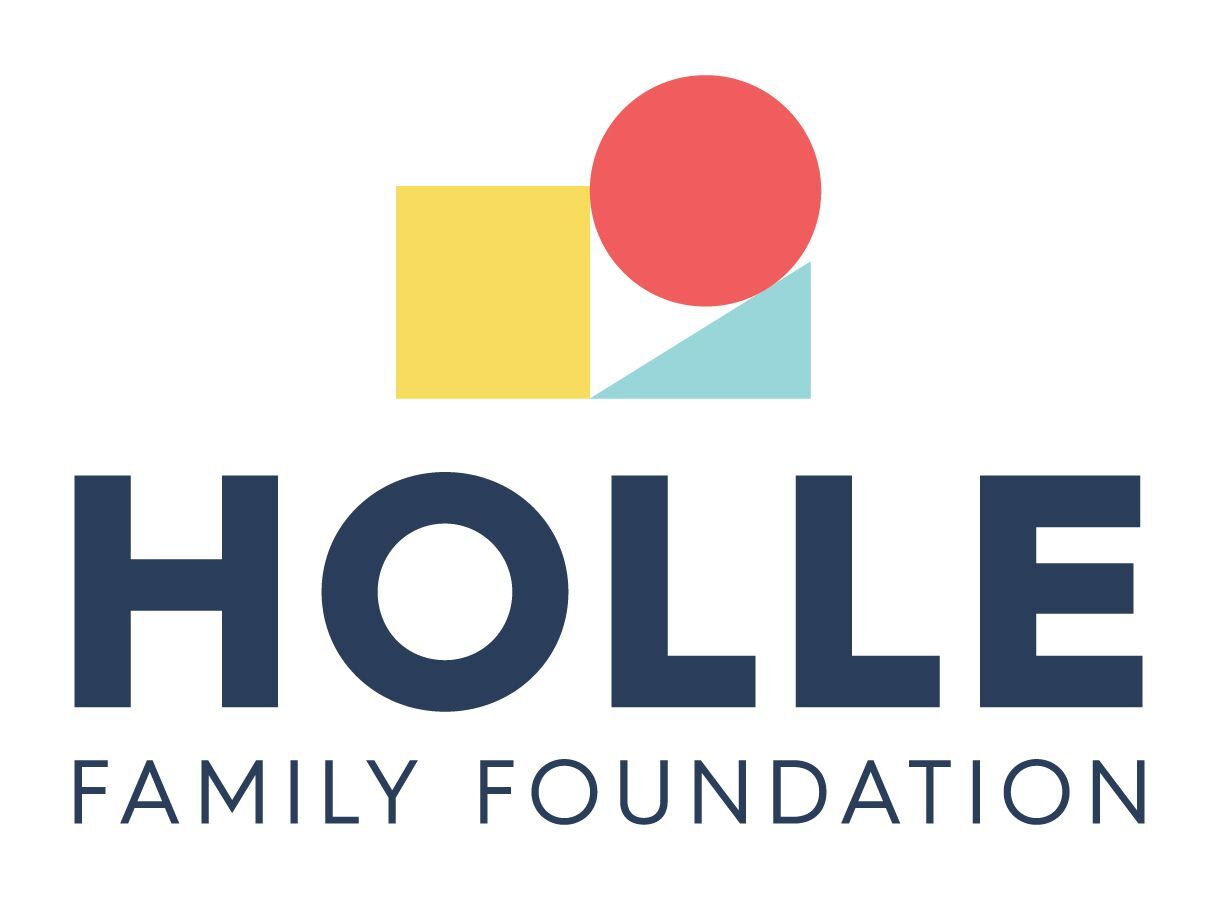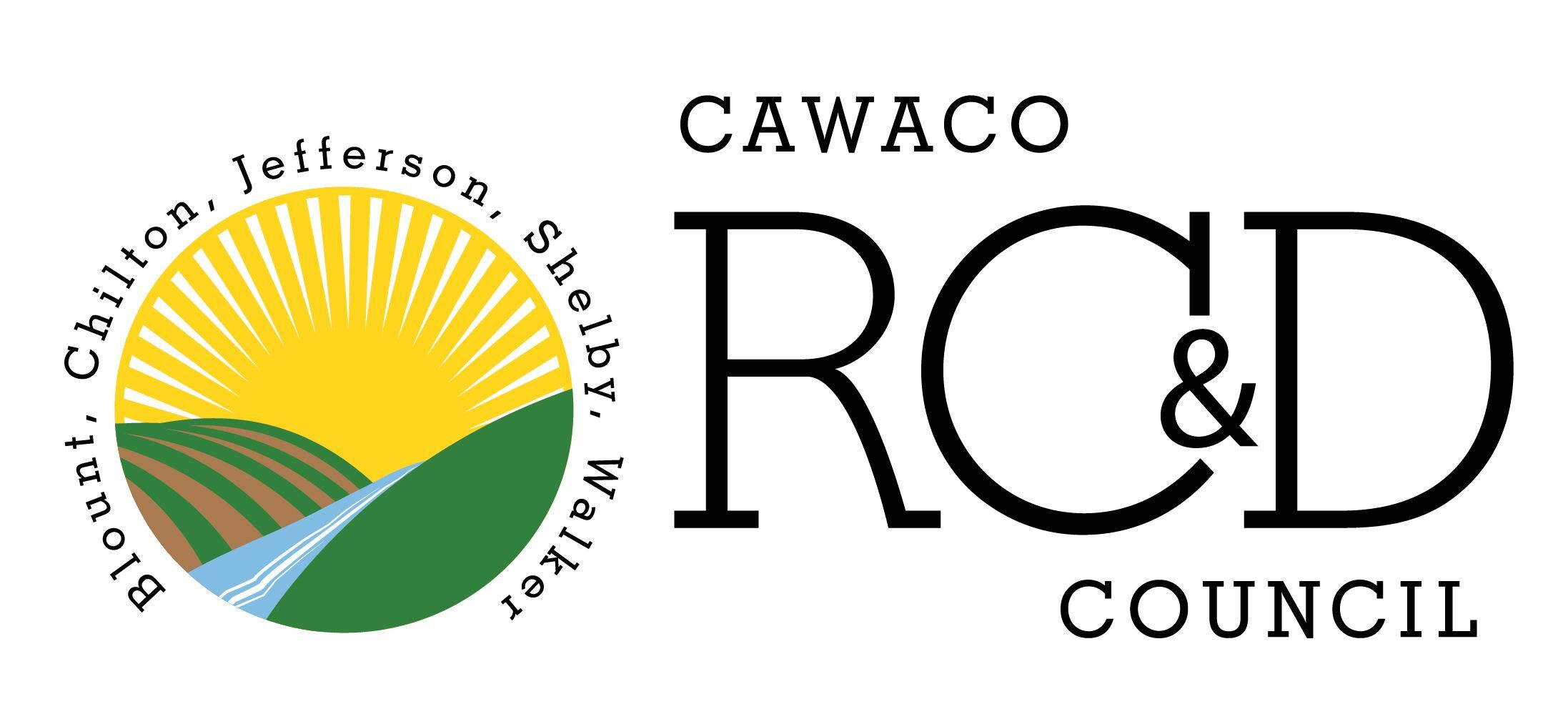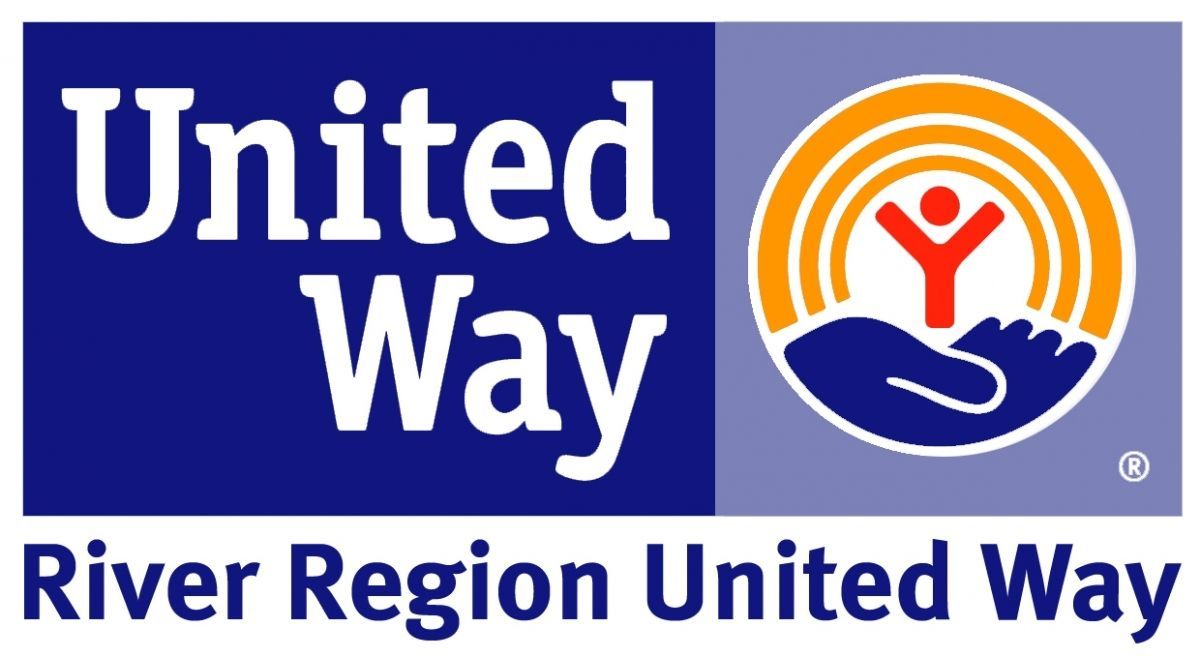
Snapchat, TikTok, Instagram, Reddit, Facebook, Whatsapp, Twitter, YouTube, FortNite, Minecraft, BeReal…feeling a little dizzy yet? With an ever-increasing amount of social media platforms and ways to connect online, parents are bound to feel a little dizzy trying to keep up with it all. While these online connections increase, they also constantly change. The platform that may have been popular for connecting last school year is certainly not what is popular this school year. So, how can a parent keep up with what their teen is engaging with online and how can a parent keep their teen safe online?
The first step to keeping your teen safe is finding out what platforms they use to connect with others. For example, if your teen does not use Facebook, then that platform would carry relatively no risk to them. There are a few ways to find out what sites your teen is visiting. Some of the “sites” that they may frequent may actually be installed on their phones as apps. By unlocking their phone, you can browse through the apps that they have downloaded. The app store will also provide you with information about what apps are currently downloaded onto the device and what apps have been downloaded in the past. You can open your teen’s web browser and view their search/viewing history there. Keep in mind that your teen could browse the internet using “private mode”. This mode would not allow you to see their history. This can be turned off in settings under the screen time setting. The screen time setting on iPhones can also inform you which apps your teen is using the most. For android users, there are paid apps that you can download. See “Resources” at the end of this article.
Once you’ve seen which apps/platforms your teen is using, take a little time to learn about those apps and how they can be used to connect with others. Some apps offer settings that allow your teen to post “private-stories” that only select people can view. Other apps keep all content public. Common Sense Media is a great website for reading about various apps and platforms. Having an understanding of how these apps work will help you to keep your teen safe by knowing what features the app has that allows communication with others, learning what content is available on the app to your teen, and understanding if the app allows for private messaging/sharing.
A crucial part of keeping your teen safe online is monitoring their activity. The best way to monitor their activity is to have an established routine of checking their phone. If this is not something you currently practice with your teen, you may face some resistance. Hang in there, work to establish the routine, and remember that your teen’s safety is important. You can work to build a closer relationship with your teen at this time as well by fostering open conversations and unconditional support. If you find things on your teen’s phone that you find upsetting, use the opportunity to provide them with education surrounding safety and continue to show them love and support. If unsafe sexual material is found, you can make a report to DHR or Law Enforcement.
The key to keeping your teen safe online is to be proactive in preventing risky behavior or online exposure. You can secure your teen’s online access by blocking inappropriate websites and content using the screen time setting on iPhones or through the Google Play Store on Androids. Restrictions through your cellular service provider and paid for apps can also assist with this and are listed under “Resources”. Beware of online sexual exploitation by being knowledgeable about tactics utilized by online predators. Some of these tactics can include developing a friendship or relationship online with your teen, threatening your teen, using multiple identities, lying about their age/gender, threatening to commit suicide, bribery, gift giving/sending, and sharing sexually explicit content. These tactics do not represent a comprehensive list, so be aware of who your teen is talking to and what the communication is about.
As you keep track of your teen’s online activities and monitor for safety, be sure to keep in mind that most teens see social media as a way to connect with others, learn more about the world around them, and may already be aware of some of the dangers and drama associated with social media use. While there may be many negatives associated with online activity, there can also be many benefits to allowing your teen access to online platforms. Some benefits can include development of social skills, building confidence and self-esteem, develop identity, assist with education and learning, learning about current events, providing an outlet for creativity and a source for entertainment, gaining a sense of belonging and social support.
As every teen is different, so is their ability to determine risk and vulnerability online. As their parent, use your discernment and knowledge gained to decide which platforms you feel comfortable allowing your teen access to and which platforms you wish to restrict. When working with your teen to establish and maintain internet safety keep these tips in mind: be a role model for positive technology use, state clear and reasonable expectations, provide your teen with accurate information, explain the benefits of technology use and encourage positive technology use, educate your teen on healthy and unhealthy relationships and communication, teach about internet safety before or as soon as they have access to a device.
Check out these websites for additional helpful information to keep your teen safe:
www.commonsensemedia.org (Common Sense Media)
www.missingkids.org (National Center for Missing and Exploited Children)
www.healthychildren.org (Healthy Children)
www.internetmatters.org (Internet Matters)
www.safekids.org (Safe Kids)
www.webwisekids.org (Web Wise Kids)


































